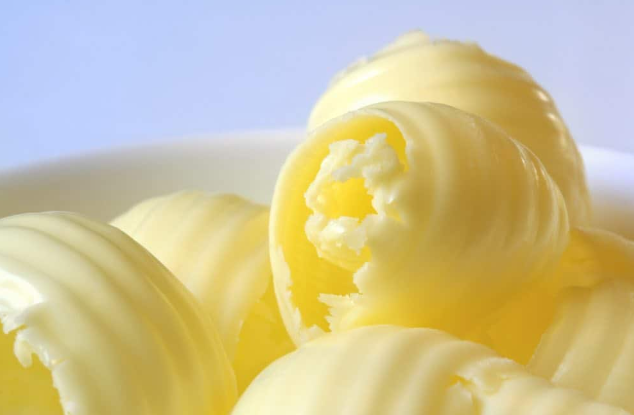What's in Margarine? Exploring the Ingredients of this Versatile Spread
Margarine is a popular butter substitute that has gained recognition for its versatility and lower saturated fat content. If you've ever wondered what goes into making margarine, this informative guide will take you through the key ingredients used in its production. From plant-based oils to emulsifiers and flavorings, we'll uncover the components that give margarine its distinct texture and taste. Join us as we delve into the world of margarine and shed light on the question, "What's in margarine?"

Best Margarine Brands avaiable in Malaysia 2003
I. Vegetable Oils
1. Soybean Oil: Learn about soybean oil, one of the most common oils used in margarine production due to its mild flavor and high polyunsaturated fat content.
2. Canola Oil: Discover the benefits of canola oil, known for its low saturated fat content and neutral taste, making it an ideal choice for margarine.
II. Emulsifiers
1. Mono- and Diglycerides: Explore the role of mono- and diglycerides in margarine, which help stabilize the mixture by keeping water and fat components well blended.
2. Lecithin: Understand how lecithin, often derived from soybeans, acts as an emulsifier and enhances the texture and spreadability of margarine.
III. Additional Ingredients
1. Water: Learn about the inclusion of water in margarine production, which contributes to its texture and consistency.
2. Salt: Discover how salt is added to margarine for flavor enhancement and preservation purposes.
IV. Flavorings and Additives
1. Natural and Artificial Flavors: Explore the various flavorings used in margarine to mimic the taste of butter or add unique flavor profiles to cater to different preferences.
2. Vitamins and Coloring Agents: Understand the addition of vitamins, such as vitamin A and D, to fortify margarine and the use of coloring agents to achieve an appealing appearance.

Margarine Vegan
As you now know, margarine is a blend of vegetable oils, emulsifiers, and other carefully selected ingredients that come together to create a versatile and delicious spread. Whether you're looking for a butter substitute or seeking a lower saturated fat option, margarine offers a viable alternative. Understanding what's in margarine empowers you to make informed choices about the spreads you use in your daily life. So, the next time you reach for a tub of margarine, you can appreciate the thought and care that goes into its production. Enjoy the flavor and functionality of this versatile ingredient in your cooking and baking endeavors.